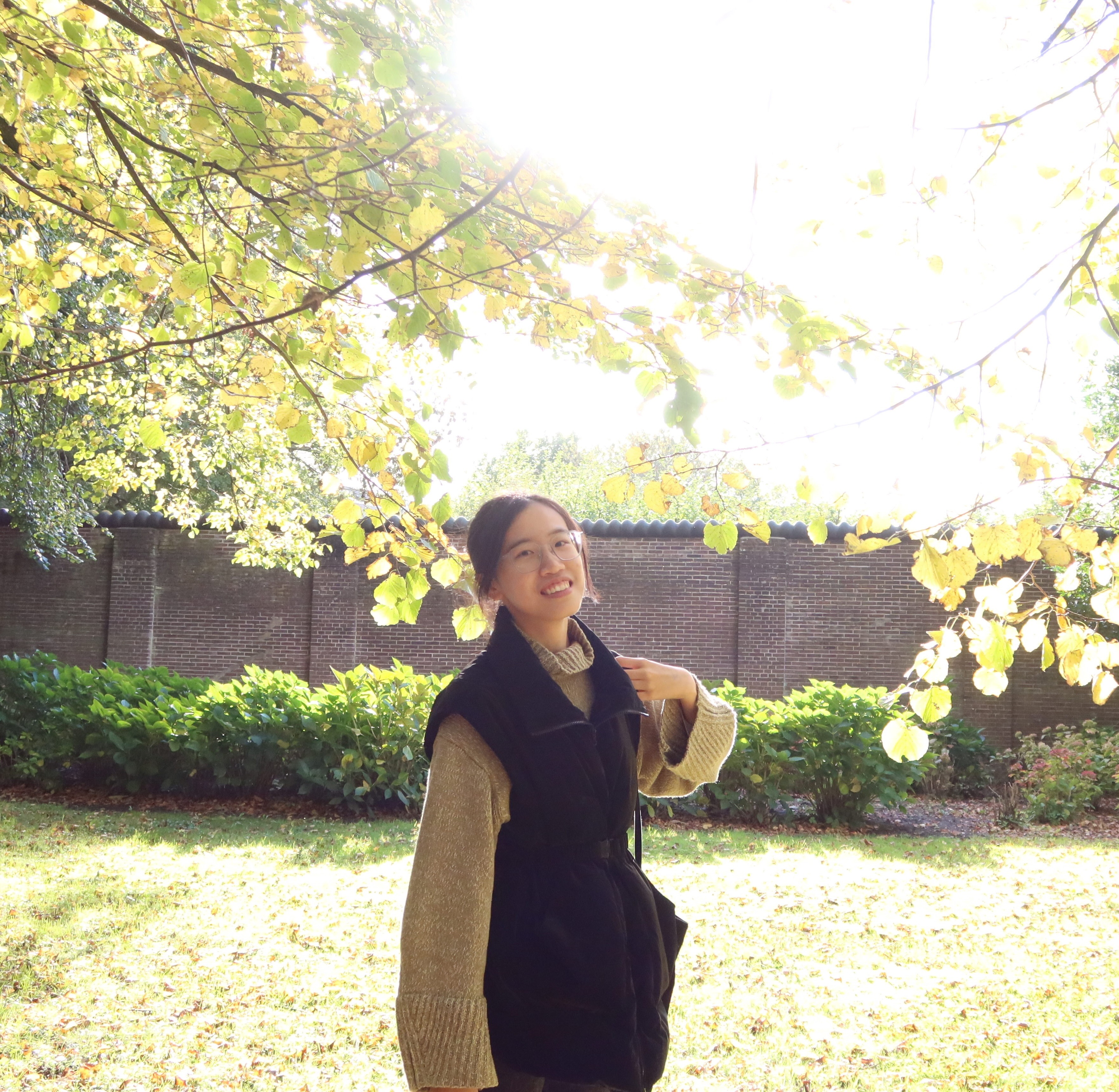What it does
A rain-triggered seeding device inspired by plant morphology, designed for arid regions to improve seed germination by synchronizing dispersal with rainfall—reducing human intervention and supporting ecological restoration.
Your inspiration
Through following numerous environmental conservation accounts on social media, I became increasingly aware of the challenges in vegetation restoration in arid regions. One key issue stood out: seeds are often sown during dry periods and only receive water long after, by which time they can no longer germinate. This mismatch between sowing and water availability leads to extremely low success rates. While water-retaining agents exist, they often degrade quickly or compromise drought resistance. I began exploring natural systems—especially plants that synchronize dispersal with rain—as inspiration for a better solution.
How it works
Multiple prototypes were developed using combinations of sponge, elastic bands, biodegradable plastics, and paper components. The core mechanism relies on a fibrous sponge that stays rigid when dry, keeping the elastic band stretched. Once rain increases humidity, the sponge absorbs water, softens, and releases the stored tension—flinging seeds outward up to six meters. A water-soluble PVA membrane covers the seed container, protecting it before rain and dissolving quickly once wet. The aerial version includes angled paper fins that induce rotation during descent, allowing the device to drill into soil and anchor itself. The body is 3D printed using PHA, a biodegradable material. I tested different materials and geometries for both functionality and degradation, optimizing the release trigger, seed capacity, and flight stability. The goal was to create a passive, rain-synced system for ecological restoration with minimal human input.
Design process
This project began with field research into seed germination failures in arid restoration sites. I discovered that in many cases, seeds dry out before rain arrives—making timing critical. Inspired by splash-cup plants that use rain impact to launch seeds, I explored how their morphology could be translated into a passive seeding device. I tested sponge, paper, elastic bands, PVA films, and various biodegradable materials, developing multiple working prototypes. Early versions failed to trigger reliably or lacked sufficient dispersal. I refined the internal mechanism: a rigid sponge keeps the band stretched, and upon wetting, loses structure, releasing stored energy to launch seeds. I optimized the sponge shape and band length to improve consistency. For aerial deployment, I tested multiple fin angles to induce stable spinning descent, eventually reducing fin size to prevent flipping. The final design includes a reusable version and a biodegradable version, both able to launch ~150 seeds over a 6-meter area.
How it is different
While other rain-responsive seed deployment systems exist, such as self-burying mechanisms for large seeds, this design is unique in focusing on small-seed dispersal across a wide area. Instead of planting a single seed into the soil, it synchronizes the release of around 150 seeds with natural rainfall, maximizing germination conditions across a 6-meter diameter. Unlike mechanical or powered systems, this device is entirely passive—using humidity-triggered sponge deformation and elastic tension to fling seeds outward without any sensors or electronics. It also offers two modes: one reusable and manually placed, the other biodegradable and optimized for aerial deployment. By translating the morphological strategies of splash-cup plants into an accessible, low-cost, low-intervention solution, it opens new possibilities for scalable ecological restoration in remote arid regions.
Future plans
The next step is to test the device in real arid environments to evaluate long-term germination rates. Field data will help optimize material costs, deployment efficiency, and sponge responsiveness. Further monitoring will assess how well the device integrates with nucleation-based planting strategies and its long-term ecological impact. The ultimate goal is to create a scalable, self-triggering tool for sustainable ecological restoration.



Share this page on